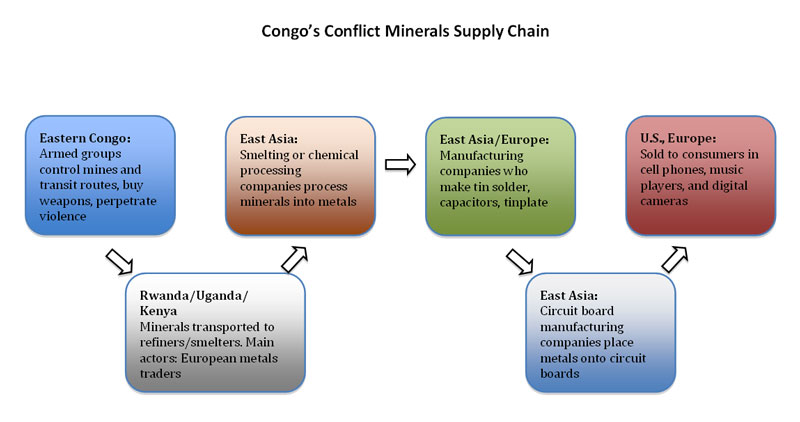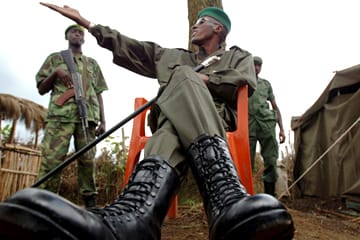United Andhra Pradesh with constitutional empowerment of Telangana ‘best way forward'
Srikrishna Committee says separate Telangana is ‘second best option' if unavoidable & all three regions agree
|

The Srikrishna Committee has favoured maintaining the status quo of a united Andhra Pradesh and described the demand for a Telangana State as the “second best option.”
In its report, the Committee found the option of a united Andhra Pradesh the “most workable” in the circumstances and in the best interests of the social and economic welfare of people.
In its report, the Committee found the option of a united Andhra Pradesh the “most workable” in the circumstances and in the best interests of the social and economic welfare of people.
“In this option, it is proposed to keep the State united and provide constitutional/statutory measures to address the core socio-economic concerns about the development of the Telangana region,” it said.
The report was submitted to Union Home Minister P. Chidambaram on December 30,2010
The report was submitted to Union Home Minister P. Chidambaram on December 30,2010

The 461-page report lists six options —
(I) maintaining the status quo;
(II) bifurcation of the State into Seemandhra and Telangana, with Hyderabad as a Union Territory, and the two States developing their own capitals in due course;
(III) bifurcation of the State into the Rayala-Telangana and coastal Andhra regions, with Hyderabad being an integral part of Rayala-Telangana;
(IV) bifurcation of Andhra Pradesh into Seemandhra and Telangana, with an enlarged Hyderabad metropolis as a separate Union Territory;
(V) bifurcation of the State into Telangana and Seemandhra as per the existing boundaries, with Hyderabad serving as the capital of Telangana, and Seemandhra having a new capital; and
(VI) keeping the State united by simultaneously providing certain definite constitutional/statutory measures for socio-economic development and political empowerment of the Telangana region — creation of a statutorily empowered Telangana Regional Council.
|

The Committee found the fifth option the “second best,” with a rider that separation “is recommended only in case it is unavoidable and if this decision can be reached amicably among all the three regions.”
Considering the option of bifurcating the State into Telangana and Seemandhra as per the existing boundaries, the Committee felt that the continuing demand for a separate Telangana had some merit,and “is not entirely unjustified.” In case, this option was exercised, the apprehensions of the coastal Andhra and Rayalaseema people and others who settled in Hyderabad and other districts of Telangana about their investments, property, livelihood and employment would need to be absolutely addressed.
“Considering all aspects, the Committee felt that while the creation of a separate Telangana would satisfy a large majority of people from the region, it will also throw up several other serious problems. Therefore, after taking into account the pros and cons, the Committee did not think it to be the most preferred, but the second best option,” the report said.
*Maintaining the status quo was the least-favoured option.
*It also found the second and third options “not practicable.”
*The Committee felt that the fourth option of bifurcating Andhra Pradesh into Seemandhra and Telangana, with an enlarged Hyderabad metropolis as a separate Union Territory, was likely to meet with stiff opposition from the Telangana protagonists, and it might be difficult to reach a political consensus on making this solution acceptable to all.
*On the sixth option of keeping the State united, the Committee said it could be done through the establishment of a statutory and empowered Telangana Regional Council with adequate transfer of funds, functions and functionaries. “The Regional Council would provide a legislative consultative mechanism for the subjects to be dealt with by the Council.”
The Committee felt that with firm political and administrative management, it should be possible to convince the people of the importance keeping the State united, as this option would be in the best interests of all, and would provide satisfaction to the maximum number of people.
“It would also take care of the uncertainty over the future of Hyderabad as a bustling educational, industrial and IT hub/destination.”
Dwelling further on the sixth option, it said that for managing water and irrigation resources equitably, a technical body — water management board — and an irrigation project development corporation with an expanded role were recommended. This should meet all the issues raised by the Telangana people satisfactorily, it said. Flagging socio-economic development and good governance as the core issue, the Committee, keeping the national perspective in mind, was of the considered view that “this option stands out as the best way forward.”
The five-member Committee, headed by the former Supreme Court judge, B. N. Srikrishna, was appointed on February 3, 2010. It examined in detail the issues pertaining to the current demand for a separate Telangana as well as the demand for a united State. The Committee examined all aspects of the situation. Keeping in view the local, regional and national perspectives, it gave the six options.
*It examined such parameters as regional, economic and equity analysis, education and health, water resources, irrigation and power development, public employment.
*It also looked into the issues relating to Hyderabad and the sociological and cultural issues.
*In the past 11 months, it consulted representatives of industry, trade, trade unions and organisations of farmers, women and students, and all sections of the people, especially the political parties.



![[cellphonecancer.jpg]](https://blogger.googleusercontent.com/img/b/R29vZ2xl/AVvXsEi05SU94c4pidRCfzMH-lE6vDA6isQrZNSIaS6I_I7wP7werGvEAVEmXWkq3Y9qmenJbZMmeVuRjFR76pDiy2FuIIsRWZ1RHqDEcHXxLEdU8bfzgmwdFtspYQ1zT86EVvBcypGRUCUA8nXB/s1600/cellphonecancer.jpg)






















